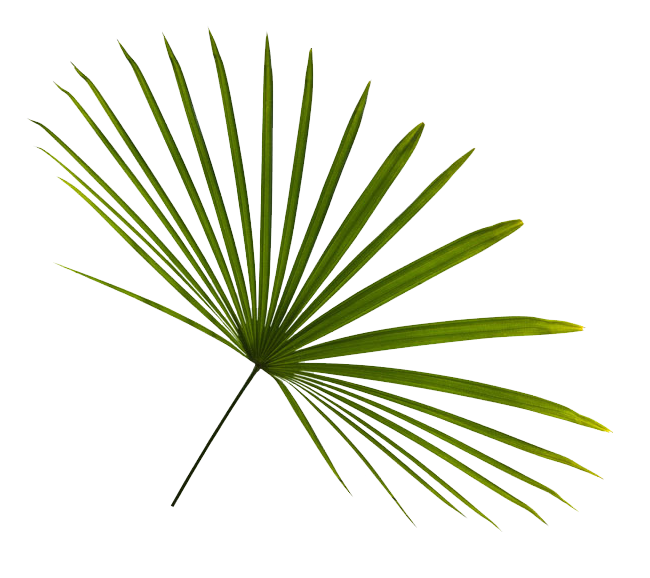Tallinn Botanic Garden
The Tallinn Botanic Garden is situated in the eastern part of the city, ten kilometres from the city centre and three kilometres from the Pirita Yachting Centre. The area of the botanic garden is located in the old valley of the River Pirita. The region is bordered by a vast, sandy area of pinewoods. The Tallinn Television Tower is right in the vicinity of the botanic garden.
The Botanic Garden is an excellent place for a walk, relaxation and having a pleasant picnic. Families and smaller groups can enjoy a nice meal and have great fun on the lawn with their own blankets and picnic baskets. More information is available here.
Landscape and collections of Tallinn Botanic Garden
Tallinn Botanic Garden is the best-developed area in the lower reach of Pirita River from the landscape architecture perspective. The botanic garden has spread over four terraces of Pirita River, where a network of winding paths was laid, and 9 ponds were dug out that mainly receive water from Lepiku channel. The pond among coniferous trees is the habitat of a multitude of white water lilies (Nymphaea alba). The plants are displayed against the northern and north-western background of mixed pine and oak forest, which is currently being transformed into a meadow-like oak forest by means of selective cutting.
Open landscape displays, which cover approximately 22.5 ha, have around 6,500 exhibit items, and the greenhouses with about 2000 m2 of usable area boast 2000 plant items.
The central exposition of the botanic garden is its arboretum, which is the display of woody plants. The arboretum is landscaped as a park, where views of the botanic garden buildings, ponds and Pirita River open from the spaces between clumps of trees. Arboretum plants have been arranged following the principle of affinity so that related species can be compared, and their differences can be identified. The arboretum collection with its more than 1560 plants features some rarities that cannot be found anywhere else in Estonia having grown this large, for example, tree aralia (Kalopanax septemlobus), Chosenia arbutifolia and giant fir (Abies grandis). Our varieties of magnolias (Magnolia) are becoming more and more gorgeous in bloom as they age. Populus Petrowskiana, the highest tree in the botanic garden, grows in the south-eastern part of the arboretum in the section of Salicaceae species. This plant is 31 m in height, and its diameter at breast height is 124 cm.
The botanic garden’s rose garden features about 700 varieties and introduces the historical stages and groups of rose breeding expressed in roses, the oldest of which were developed in the 15th century, for example the white rose (Rosa ×alba) ‘Maxima’, but there are also numerous new varieties bred in Estonia, for instance, the ’Peaminister Savisaar’ [Prime Minister Savisaar].
Our rich collections of grass plants keep flowering from early spring to late autumn. The first to bloom under the foliage are low-growing bulbous plants, for instance, snowdrops (Galanthus), winter aconites (Eranthis), Scilla, etc.
These are followed by mountain plants and various early perennials, tulips (Tulipa) and daffodils (Narcissus), then peonies (Paeonia), irises (Iris), lilies (Lilium), Allium species, Astilbe species, daylily species (Hemerocallis) and phloxes (Phlox); finally, summer flowers are the last to start blossoming and to stay blooming until the first cold days. One special family due to its distinctive growth patterns is the Poaceae, whose species are nice to look at even in the winter, when they peek from under the snow.
Next to the western side of the Palm Hose, there is our Garden of Senses, the so-called healing garden meant for people with special needs. This is where one can study a large variety of useful and edible plants.
The greenhouse expositions have been organized by climatic zones and the regions of the origin of plants. The largest plants are those of the tropical zone, including numerous edible and otherwise consumable plants, for instance, the coffee shrub of Arabia (Coffea arabica) or the papaya tree (Carica papaya). Orchids (Orchidaceae) display beautiful flowers, and the best represented varieties are those of the Cymbidium family. In addition to palms (Arecaceae), the Palm House also features fig trees (Ficus). The most resilient plants are succulents. The subtropical zone display includes exotic species from the other side of the world, namely, Australia (Eucalyptus trees), some Mediterranean plants you could recognize (for example, the leaves of the common fig (Ficus carica) can be examined up close) and gorgeous Japanese Camellia flowers.
The display of natural wonders inside and around the botanical garden is abundant and versatile. Beyond the area of expositions, there grow more than 470 species of local plants as well as about 130 wildings and naturalized plants. Our landscaped area and plant community have two nature trails: the botanic garden nature trail, which is 3.9 km in length, and the Kloostrimetsa marsh nature trail, which is about 2.5 km long.
About the history of the botanic garden
The Tallinn Botanic Garden was established on 1 December 1961 as an institute of the Academy of Sciences of the Estonian Soviet Socialist Republic. The herbarium and library of the TBG were established in 1962. It began to conduct environmental research in 1965.
The TBG was municipalised in 1995. Since 2005, the botanic garden has been an institution managed by the Tallinn Environment Department.
In 2002, the TBG was entered in the national register of research and development institutions.
Since 1992, the Tallinn Botanic Garden has been a member of the Association of Baltic Botanic Gardens (ABBG). It has been a member of the Botanic Gardens Conservation International (BGCI) since 1994.
